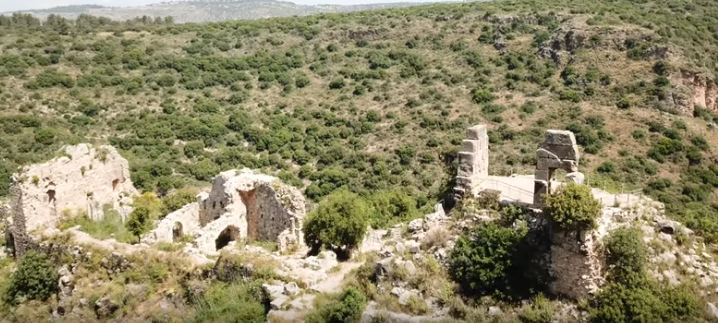During the ninth season of excavations at the Crusader fortress nestled in the Western Galilee hills, a layer of debris was discovered at Montfort Castle. As per the archaeologist, this newly found site in Israel is the first proper evidence of the massive destruction caused by a Mamluk siege in 1266.
The Mamluks
The Mamluks ruled over Egypt and Syria from 1250 until 1517. But they first appeared in the Abbasid caliphate in the ninth century and destroyed the Crusader kingdoms of Outremer. They were also known for saving Syria, Egypt and the holy places of Islam from the Mongols. As per early excavation evidence the German crusaders who built Montfort had lived in comparative luxury for a monastic-based institution, with board games and lavish dining.

Mamluk siege and archaeological finding
As per the historic records, in May 1266, two Mamluk leaders Badr al-Din al Aydami and Badr al-Din Baysari attacked, using catapults either built on-site or brought to the hillside south of the Teutonic castle.
During the summer excavation, the archaeologists also found the siege damaged the upper stories far more seriously than previously thought. They also found stacks of large, finely cut stones that had once comprised the rib segments of the Gothic vaulting from the Great Hall of the historic structure.
The siege at the castle caused the apartments of the Teutonic Order's Grand Master and the vaults of the ceremonial hall to collapse whereas the stone ashlars, stained glass and wooden beams buried in the rubble have now come to light, for the first time in 700 years.

The researchers believe that the stones were most probably carried from the destroyed hall by the German garrison following the siege and stacked in the cellar, with an intention of reusing them later to repair the damaged building. However, the castle was destroyed just five years later, in the year 1271, by the Mamluk sultan Baybars.
While excavating the site the archaeologists also found large quantities of animal bones, possibly from livestock or carcasses housed in the debris of the Great Hall after its destruction in 1266. It is believed that the hall could no longer fulfil a ceremonial function, so it was used as a kitchen area.









